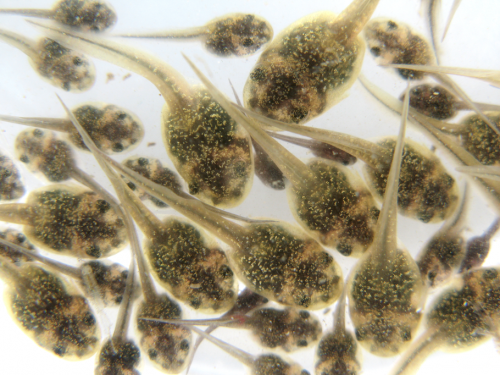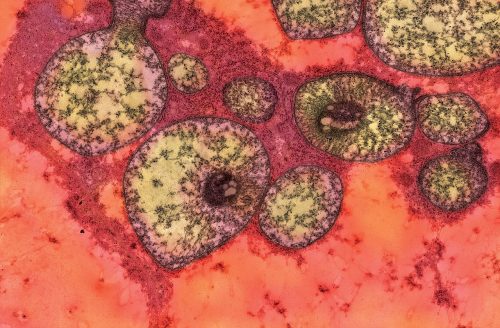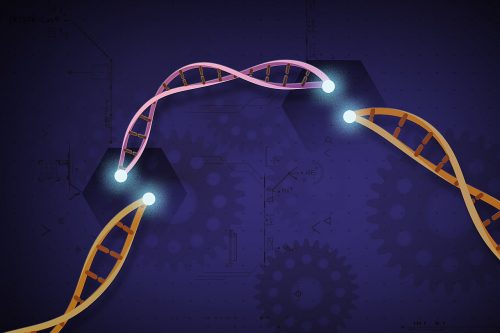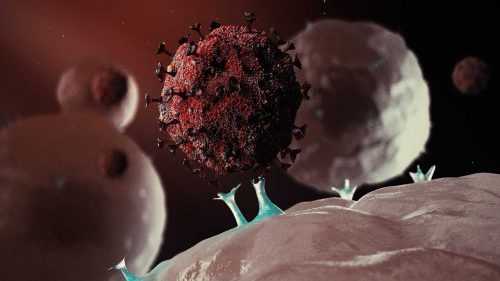
Some of the trickier medical problems to deal with are those that are developmental in nature, as these disorders can arise through complicated menageries of genes and regulatory systems to create the negative outcome. And even if the culprit is just a single mutation on a specific gene, it often remains difficult to isolate, identify, […]









